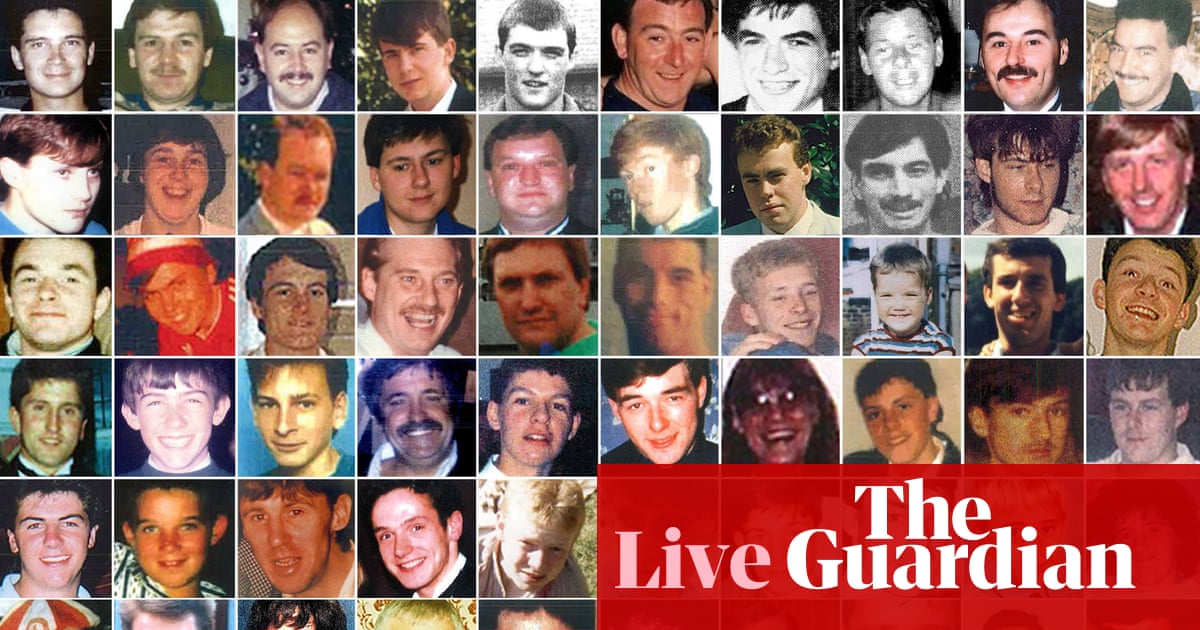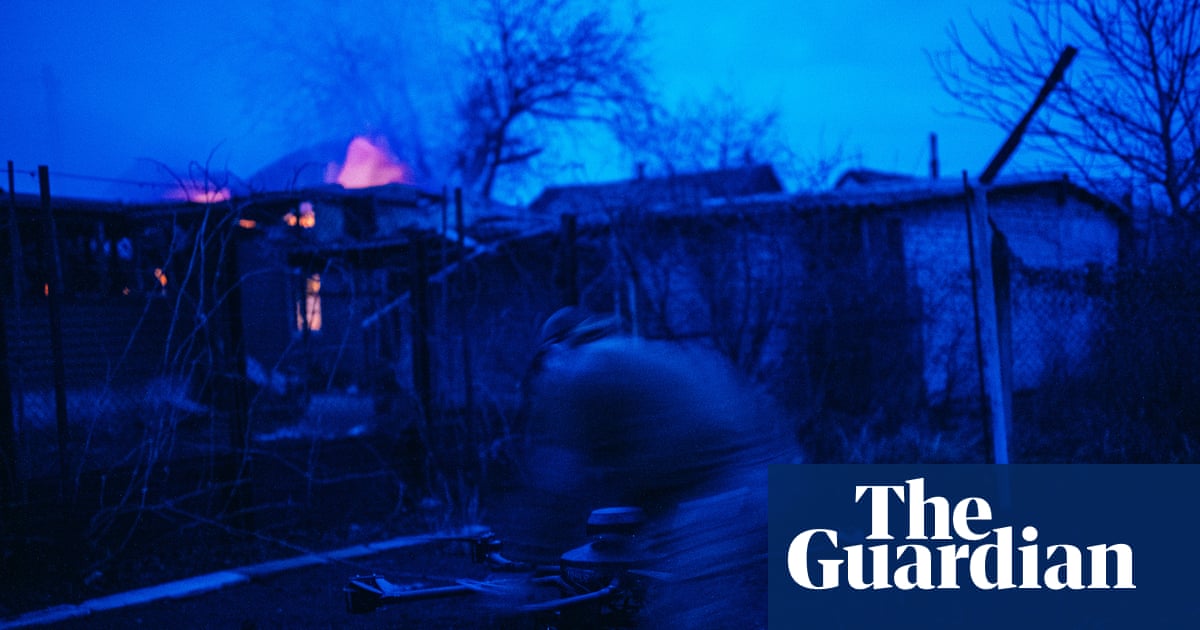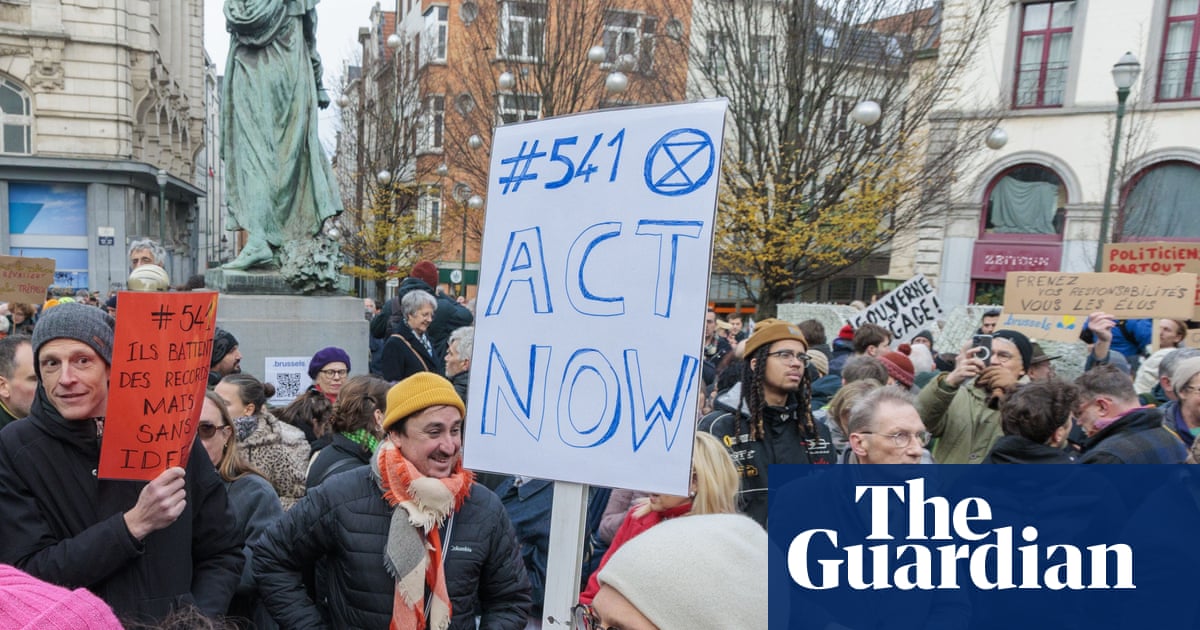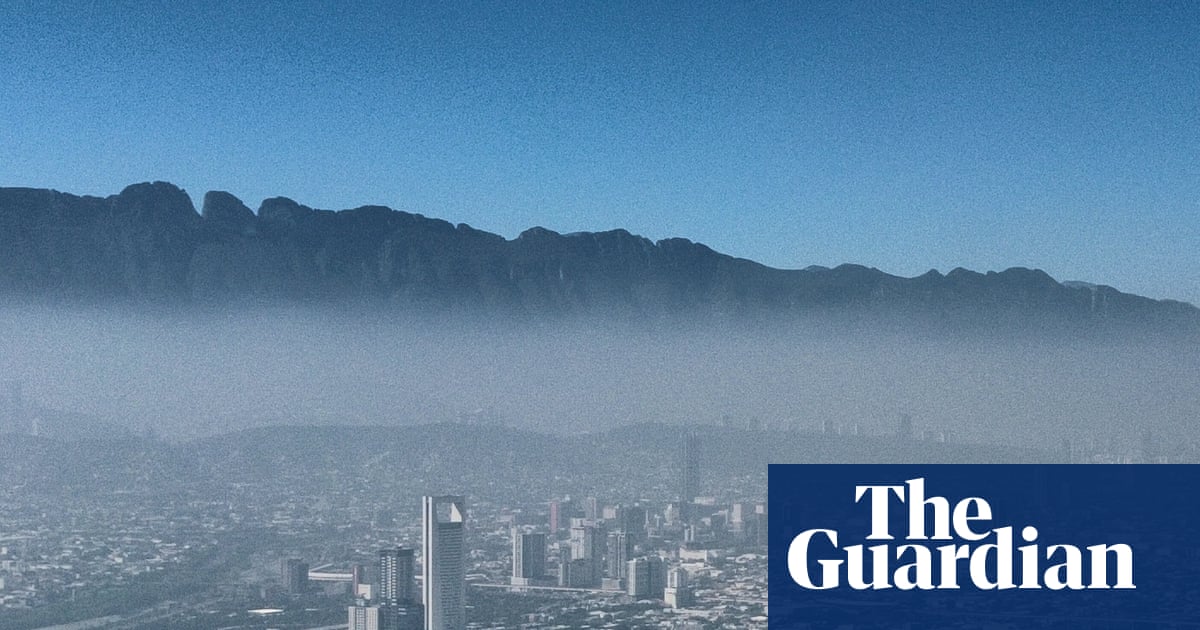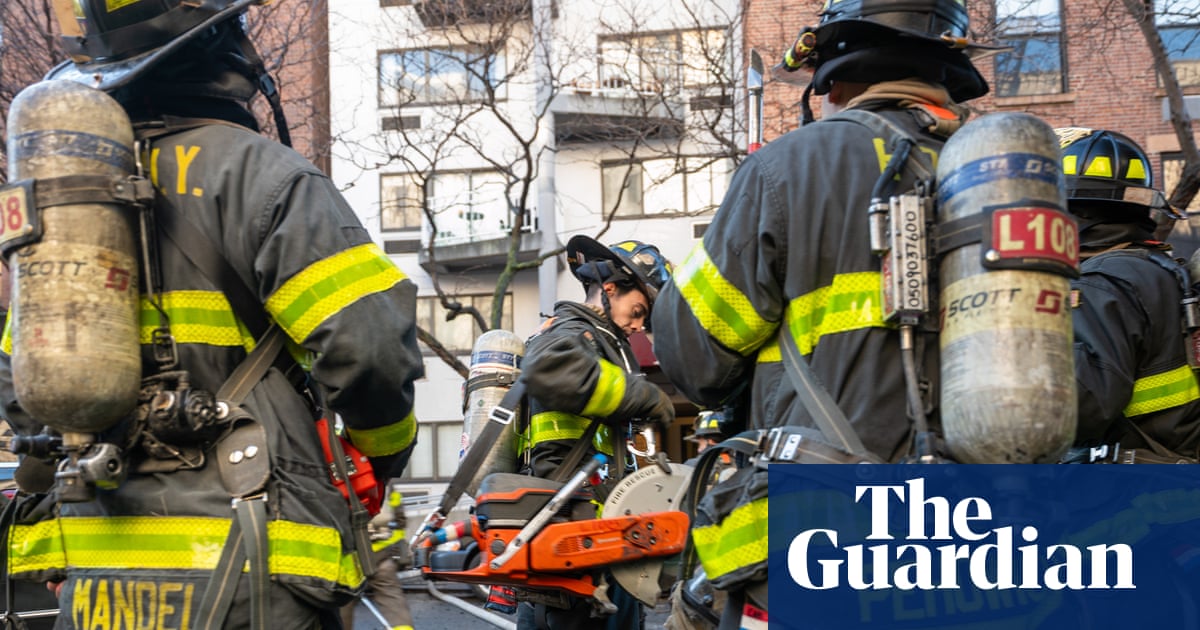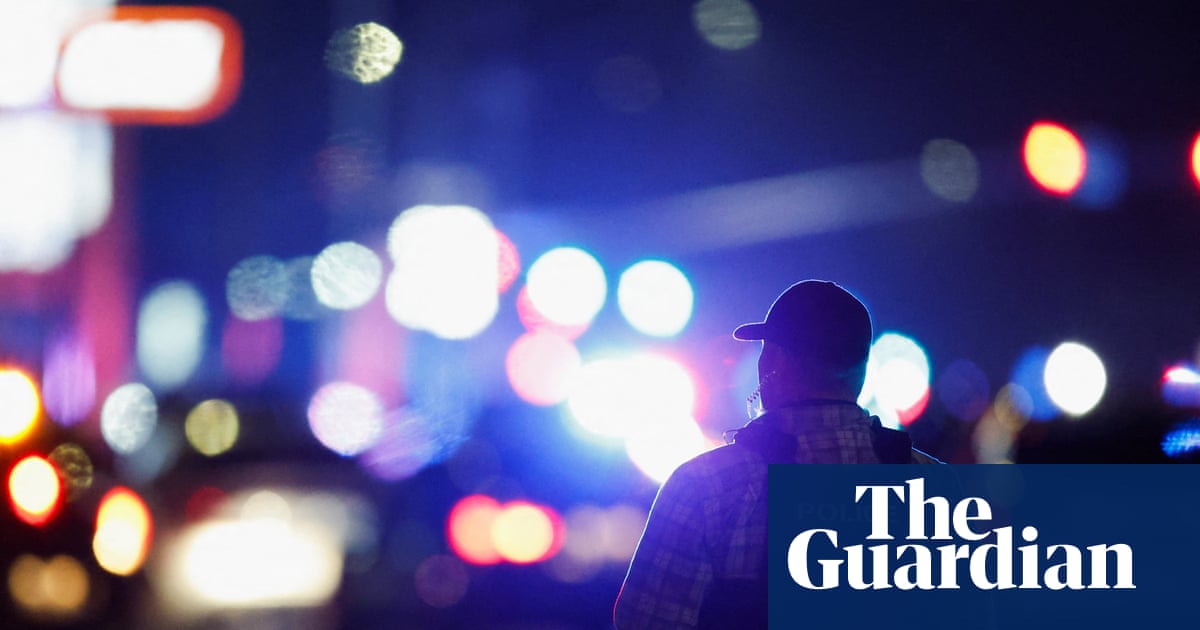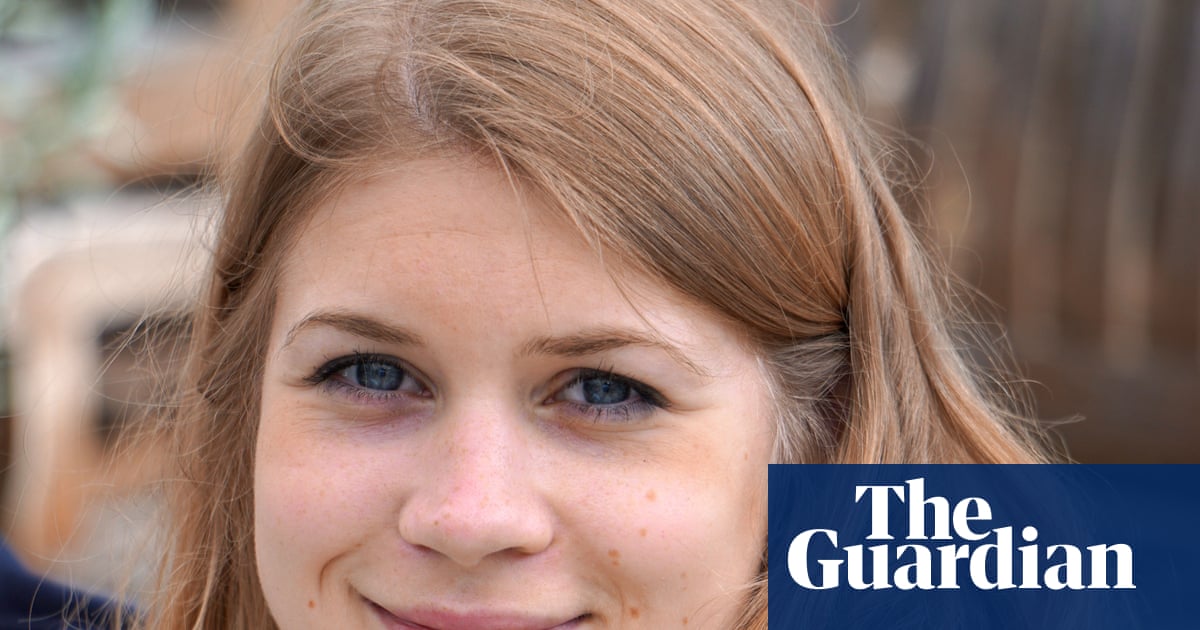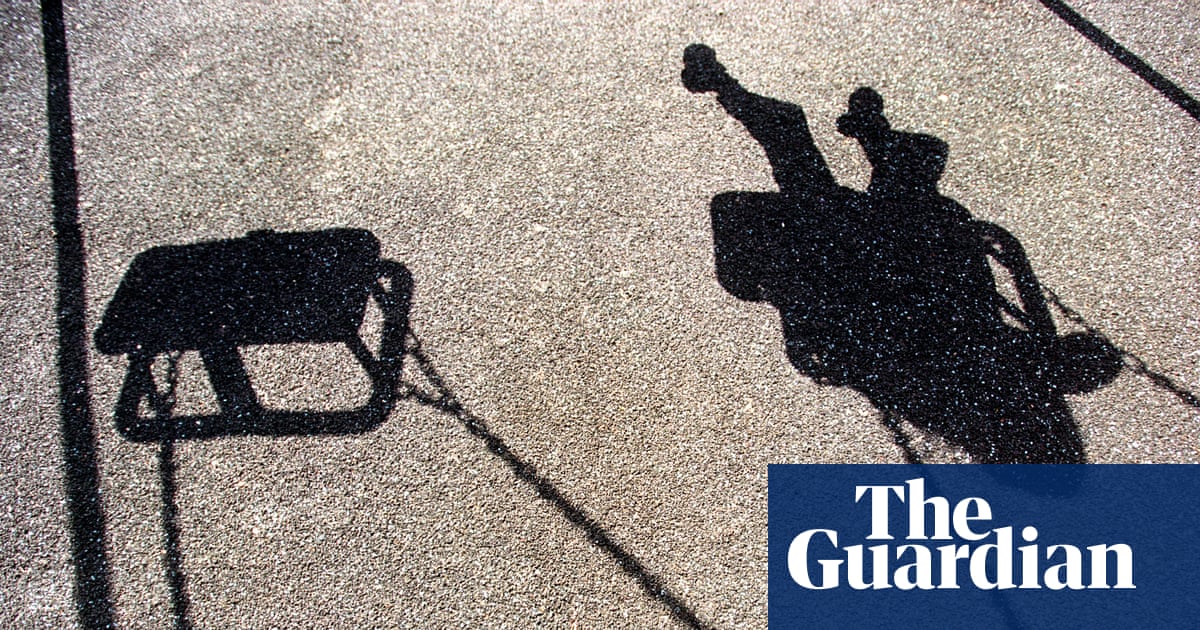In Santiago, this winter was different. The mountains surrounding the city – the same ones that usually trap smog and turn it into a “pressure cooker” – were visible more days than usual.
For nearly 30 years Chile’s capital has been experimenting in how to reduce air pollution; in the last few years the work has at last begun paying dividends and 2025 was the third best year in terms of fewest hours of critical pollution episodes since the first atmospheric prevention and decontamination plan in 1997. Over the last decade, hours of exposure to high levels of pollution fell by 66%, which, according to the environment minister, Maisa Rojas, means the 7.5 million residents of the metropolitan region “are breathing cleaner air”.
This is not just a bump, it is a sustained trend, the result of long-term policies such as modernising public transportation, implementing vehicle restrictions, and banning wood-burning heaters in winter. But experts say the challenge is far from over: while fine particulate matter (PM2.5) has been decreasing in the cold months, another pollutant – tropospheric ozone – gains ground in summer, a scenario worsened by the climate crisis.
“We’ve been implementing mitigation measures for almost 30 years, and it’s good to see that they are bearing fruit. Critical events are becoming less frequent. But one might expect that after so much time, they would no longer exist. That’s what we want as researchers, citizens and parents: to breathe clean air,” says Nicolás Huneeus, a researcher at the Center for Climate and Resilience Research at the University of Chile, who celebrates the progress but is not satisfied.
Santiago is often compared to a pressure cooker, partly due to its geography: the Andes form a barrier that makes horizontal dispersion of pollutants difficult. The wind simply has nowhere to go. And another factor makes things worse: temperature inversion. “The city is warm, but higher up it’s even warmer, so the air in the city doesn’t move. In winter, the inversion is worse, and pollutant generation is higher. In short, Santiago has poor ventilation; we’re in trouble,” says the climatologist Raúl Cordero, a former member of Chile’s scientific advisory committee on climate change and now a researcher at the University of Groningen.
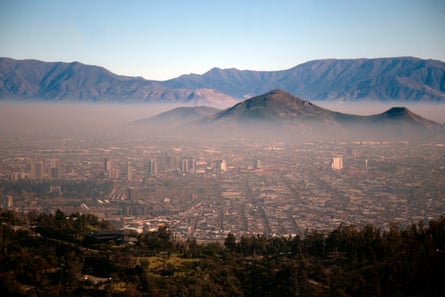
Other factors are the atmospheric boundary layer, which determines the volume in which pollutants are diluted. In Santiago, this layer is lower in winter (400–600 metres) than in summer (1,200 metres), increasing particle concentrations. Into this, you put the emissions from transportation and the residential sector, with firewood historically the main heating fuel, and it is easy to understand how Santiago is, at times, one of the most polluted cities in the world. In the worst years, there would be hundreds of critical alerts and environmental emergencies declared as a result of the pollution, and hospitals would be overwhelmed. Felipe Peñaloza, a nutritionist who lives in downtown Santiago, refers to “the constant black cloud that covers the city, which only disappears briefly after rain, but which remains a classic image of Santiago”.
Over the last few years the local government has taken a number of steps. During pre-emergencies and environmental emergencies, wood-burning and wood-based heaters (except certified pellet stoves) are banned, agricultural burning is suspended, and people are encouraged to use public transport.
Vehicle restrictions are also applied: during alerts, cars with licence plates ending in certain digits are banned from circulation; during pre-emergencies, the restrictions expand, affecting more digits and including green-seal vehicles (electric or hybrid, and gasoline or diesel cars meeting Euro 5 or 6 standards). In emergencies, traffic is limited for most vehicles.
Elisa Fernández, a journalist and resident of Ñuñoa in north-east Santiago, describes herself as “absolutely compliant” with the law. Her car, which was manufactured before 2010, must be off the road one day a week between May and August. Driving it on restricted days can result in a fine of about £125. “Primarily, it’s for economic reasons, but also to contribute to cleaner air,” she says.
This year compliance improved: more than 312,000 vehicles stayed off the road during winter, and violations fell nearly 23%, from 1,900 to 1,600 per day. But Cordero says real progress is coming from modernising and electrifying public transport: 30% of a 9,000-unit fleet is now electric, while targeted traffic restrictions help ease pollution peaks.
Home heating and cooking electrification still lag, mainly due to limited financial support. Huneeus warns of a “rebound effect”: some users who switch to pellet stoves return to wood for economic reasons or perceived lower efficiency. This reflects “energy poverty” and limits the effectiveness of mitigation policies. Nevertheless, violations of the wood-burning ban fell sharply –88% lower than in 2024.
Agricultural burning also decreased, with official data showing a 23.8% reduction in the number of fires and a 77% drop in the burned area.
after newsletter promotion
The result? This year, between May and August – the period with the worst ventilation conditions— there were 23 critical episodes, 20 environmental alerts, and 3 pre-emergencies for PM2.5. For perspective, in 2015 there were 915 hours of critical episodes for this pollutant.
Cordero notes an unexpected consequence: the normalisation of pollution. “Twenty years ago, pollution levels were so severe they overwhelmed hospitals in winter. Today, critical episodes have fallen so much that pollution is no longer a public discussion in Santiago,” he says. This makes advancing further measures, such as electrifying homes, more difficult when the problem seems tolerable.
But there is real gratitude for the changes. María Florencia Salazar says her daughter’s health has improved. “This helps me a lot, especially because I have a three-year-old daughter. This year, we have had slightly fewer cases of respiratory viruses.” Comparing her hospital visits, she says her daughter has been healthier than last winter and, above all, much better than in 2023.
And Valentina Expósito, a functional training and yoga instructor, says she has noticed it too: “The air quality this year was better compared to previous years, I felt that there were fewer alerts and pre-emergency days. Even so, smog and pollution are still noticeable – probably less than before – but it’s hard to perceive the change unless it is more radical.”
For her, the critical episodes directly affect her work. “What affects me the most is how I plan my classes for those days, understanding that more intense physical activity isn’t ideal,” she adds.
Santiago’s winter success is the result of decades of policies and citizen cooperation. But the city still has work to do to ensure this breath of fresh air becomes a lasting change.

 2 months ago
72
2 months ago
72
